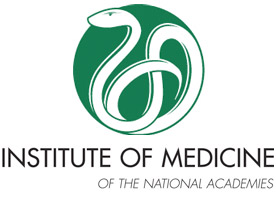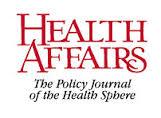Medicare Readmissions Program Unfair to Safety-Net Hospitals, Study Finds
Medicare’s readmissions reduction program penalizes hospitals based largely on the patients they serve rather than their performance serving them, a new study has concluded.
According to the report “Patient Characteristics and Differences in Hospital Readmission Rates,” published in the journal JAMA Internal Medicine,
Patient characteristics not included in Medicare’s current risk-adjustment methods explained much of the difference in readmission risk between patients admitted to hospitals with higher vs lower readmission rates. Hospitals with high readmission rates may be penalized to a large extent based on the patients they serve.
Among those two dozen socio-economic factors: patient income, education, and ability to bathe, dress, and feed themselves.
 The study found, for example, that the worst-performing hospitals under Medicare’s hospital readmissions reduction program have 50 percent more patients with less than a high school education than the program’s best performers.
The study found, for example, that the worst-performing hospitals under Medicare’s hospital readmissions reduction program have 50 percent more patients with less than a high school education than the program’s best performers.
Pennsylvania’s safety-net hospitals serve especially large numbers of low-income patients and have been especially vulnerable to the readmissions reduction program’s penalties.
To learn more about the study, see this Washington Post story. To find the study itself, go here, to the web site of JAMA Internal Medicine.







